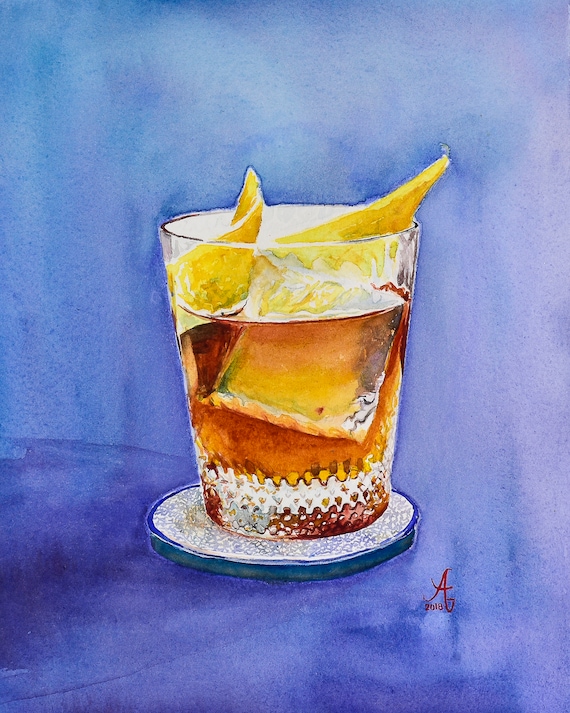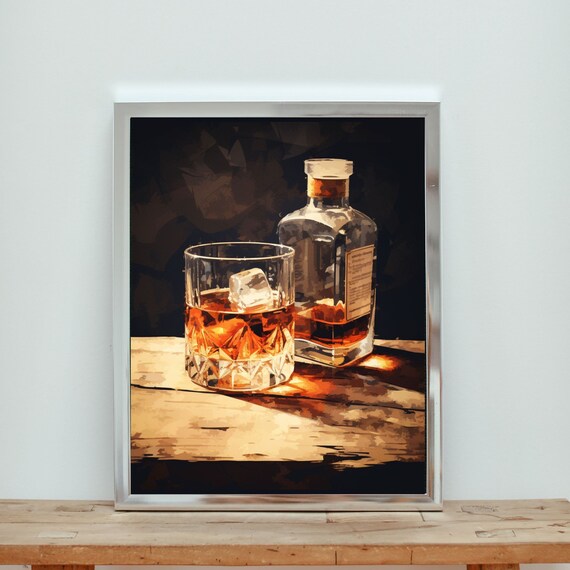Check out the World of Bourbon Art: A Trip With Culture and Workmanship
Check out the World of Bourbon Art: A Trip With Culture and Workmanship
Blog Article
The Importance of Whiskey Art in Celebrating Heritage and Workmanship in the Beverage Industry
The detailed partnership in between whiskey art and the party of heritage and craftsmanship within the drink industry can not be overemphasized. With thoughtfully developed tags and containers, scotch brand names envelop their historical roots and the artisanal abilities that specify their production techniques.
The Historical Origins of Whiskey
At the heart of whiskey's attraction lies an abundant tapestry of historic origins that map back to old people. The origins of bourbon can be linked to the distillation techniques of the Sumerians and Babylonians around 2000 BCE, where very early forms of fermented grain drinks began to arise. Nonetheless, it was in the Center Ages that the art of distillation progressed significantly, particularly in Ireland and Scotland, bring about the production of whiskey as we recognize it today.
The term "scotch" itself stems from the Gaelic word "uisce beatha," meaning "water of life." This expression underscores the social relevance of scotch in Celtic societies, where it was typically connected with rituals, celebrations, and communal bonding. By the 15th century, purification came to be a recognized craft within monastic areas, paving the means for the establishment of legal distilleries.
As profession routes expanded, scotch's appeal grew, going beyond regional borders and catching the interest of connoisseurs worldwide. Realism Art. This historic journey mirrors not only the workmanship behind bourbon production yet likewise its essential duty in social and cultural contexts, marking it as a substantial beverage throughout history
Artistic Expression in Branding
Scotch branding stands as a compelling intersection of creativity and commerce, where visual identification plays a vital role fit customer perception. The aesthetics of bourbon labels, product packaging, and advertising and marketing products show not just the brand name's tale but additionally its core values and heritage. Via artistic expression, distilleries convey a story that reverberates with consumers, stimulating feelings and triggering links.
The usage of color, typography, and imagery in branding offers to set apart products in a saturated market. Conventional motifs may stimulate a sense of authenticity and workmanship, while contemporary layouts can indicate advancement and forward-thinking. This tactical creative direction boosts brand name recognition and commitment, enabling consumers to build an individual partnership with the scotch they select.
In addition, imaginative expression in branding frequently functions as a party of regional heritage. Distilleries regularly integrate local icons or historic referrals right into their designs, creating a local color that welcomes customers to take part in a broader cultural experience. Inevitably, the artistry behind whiskey branding not just boosts aesthetic allure yet additionally enriches the general story of the brand name, cultivating a deeper admiration for the workmanship and heritage embedded in each container.
Workmanship in Bottle Design
The creativity noticeable in bourbon branding expands past aesthetic identification to include the craftsmanship associated with bottle design. Each bottle works as a vessel not simply for the spirit within, yet also for the story it outlines its top quality, origin, and practice. The design procedure needs careful focus to detail, as aspects such as closure, form, and material contribute considerably to the overall perception of the bourbon.
Craftsmanship in bottle style involves choosing top quality glass that can boost the bourbon's shade and quality, while additionally supplying a tactile experience for the consumer. The shape of the bottle must be both visually attractive and functional, often reflecting the heritage of the brand name. Several distilleries decide for distinct shapes or embossed logos that stimulate a feeling of credibility and history.
In addition, the tag design and typography play a crucial function in connecting the brand name's story. Bourbon Art. A well-crafted bottle not only astounds the customer's eye but likewise enhances the brand name's commitment to quality and custom. By doing this, the workmanship of bottle layout becomes an important element of the whiskey experience, combining virtuosity with a profound respect for heritage
Social Significance of Whiskey Art
Commemorating tradition and craftsmanship, the social relevance of scotch art goes beyond simple visual appeals, intertwining with the historical and social stories of the areas from which it stems. Each container works as a canvas, showing the special tales, folklore, and customs that have actually shaped regional whiskey-making methods. The detailed styles commonly mirror the heritage of the distillers, including icons and themes that reverberate with the society and values of their communities.

In enhancement, scotch art plays a vital role in public gatherings and parties, acting as a substantial link between individuals and their shared experiences. By appreciating the creativity in whiskey packaging, customers grow a deeper understanding and respect for the craft, ultimately enhancing their pleasure of the drink itself.
Modern Trends in Scotch Discussion
In the last few years, the presentation of scotch has actually evolved to show modern tastes and fads while still recognizing traditional workmanship - Realism Art. Distilleries are significantly focusing on visual components that enhance the total drinking experience, linking the space in between heritage and modernity
Cutting-edge bottle styles have arised, frequently incorporating sustainable materials and imaginative tags that tell engaging stories. Many brands now work together with regional musicians, instilling their items with one-of-a-kind aesthetic expressions that reverberate with consumers. Additionally, limited-edition launches are typically packaged in collectible containers, adding worth and appeal for aficionados.

Conclusion
In final thought, bourbon art serves as an important conduit for expressing the heritage and workmanship fundamental in the drink industry. Via complex branding, ingenious container layouts, and culturally significant artistic aspects, whiskey brands effectively recognize their traditions and connect with customers.


Workmanship in container style entails selecting high-grade glass that can improve the bourbon's color and clarity, while also supplying a tactile experience for the consumer. In this means, the workmanship of container design comes to be a crucial aspect of the bourbon experience, merging creativity with an extensive respect for heritage.
In conclusion, whiskey art serves as an essential conduit for expressing the heritage and workmanship inherent in the beverage market.
Report this page